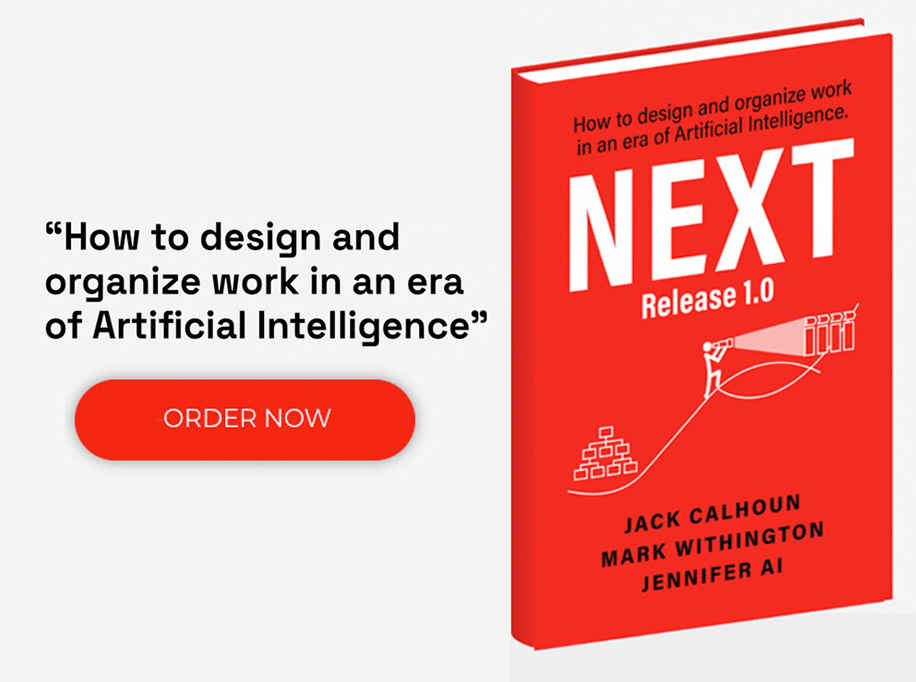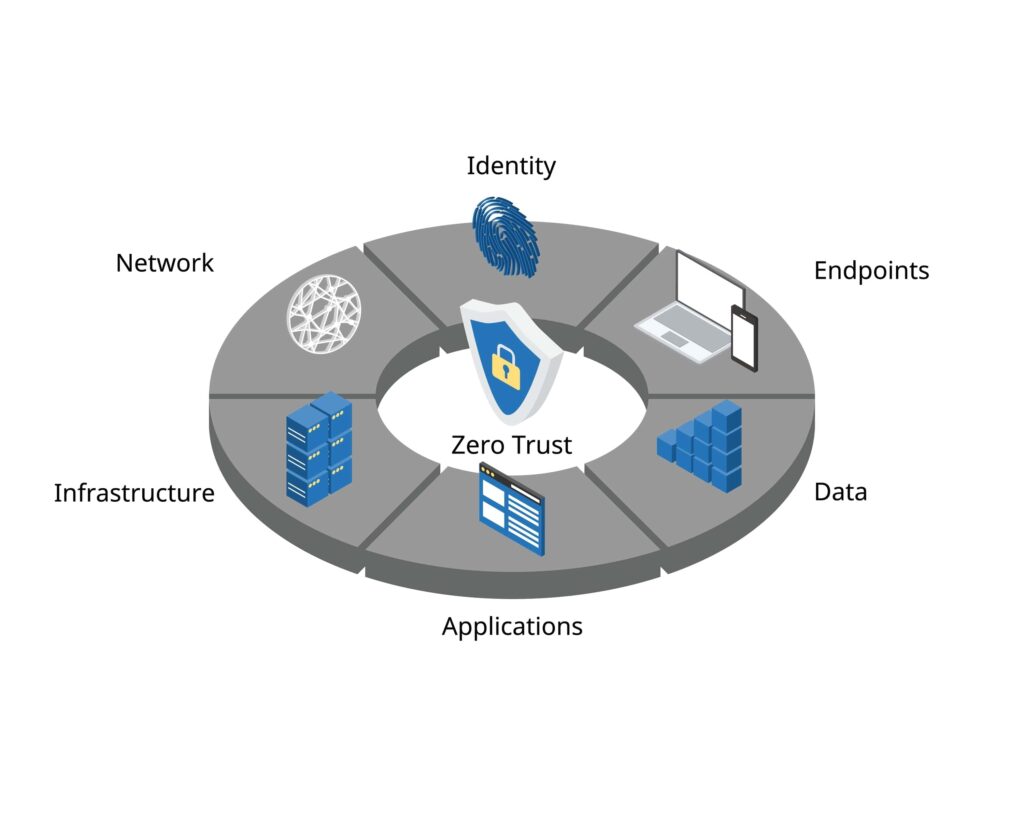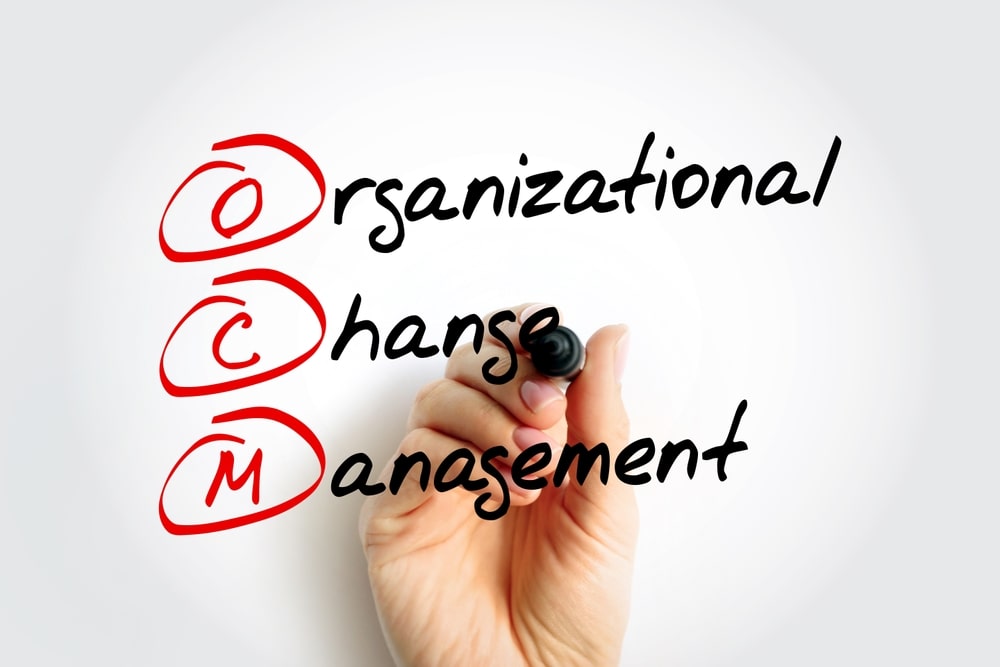Selecting the right systems for a business is a tough task that many businesses get wrong. The right system for a business does not just mean the functionality a system can provide. There are more details businesses should be considering, and there are a few best practices and steps businesses can follow that will ensure they can make a more informed decision. This will help businesses have a better chance of a successful outcome when it comes to selecting systems.
Why is the System Selection Process Important?
Current data shows a staggeringly high failure rate for software projects across all metrics. In 2020, a CISQ report showed that unsuccessful development projects cost US businesses 260 billion dollars. Poor quality software caused failures that cost 1.5 billion dollars. And, according to the Standish Group’s 2020 CHAOS report, about 66% of software projects fail. This shows that selecting the right systems isn’t just important, it’s crucial for a business’s survival.
How Do I Choose the Right Systems for My Business?
The best system for a business is one that will be adopted and utilized by the organization as well as generate the business outcomes the business expects. One way to support a successful system selection is by using tried and true best practices. There is no need to reinvent the wheel. Take wisdom from experts by choosing to follow industry best practices. Best practices towards system selection will mostly describe a specific process to follow. Unfortunately, many businesses miss the small details that can make a big difference. Some of these small details overlooked by businesses are the organizational processes that go underneath systems, not taking the time to do the necessary research and vendor vetting, and failing to consider the intangible features.
6 Steps to Selecting the Right Systems
Here are six steps businesses can use to select the right systems and have a higher chance of a successful implementation. These are influenced by industry best practices and have been broken down into actionable steps.
1. Start by defining the processes and capabilities the system will manage rather than the functionality the system needs to meet
By defining the processes a business expects a system to manage upfront, they will be able to talk about the outputs of those processes and the outcomes they drive. They do this by creating an Enterprise Process Model (EPM) that articulates “what the organization does” to deliver value to its customers vs. the “the step-by-step how” the organization does it. Describing the organization through this lens forces the prospective vendor to speak in the organization’s language and demonstrate how their system can produce the desired outcome. By first aligning on and describing the processes, businesses can avoid the typical vendor-to-vendor functionality checkbox exercise and the specmanship that typically results from it.
2. Conduct your research upfront
It is a necessity that your procurement team conducts their research into the systems out there. Businesses want to ensure that the system vendor is bringing industry best practices and experience in implementing their system for their industry. Some things to look out for during the research phase are:
- Are there examples of the vendor implementing their system for similar industries?
- What additional capabilities do vendors bring that you may have not thought about?
- Does the system contain native best practices for the processes it will manage?
3. Conduct system demonstrations
Software demonstrations are crucial to the system selection process. These are usually conducted in a few rounds and are an excellent way to weed out unsuitable vendors. Initial demonstrations are usually superficial, and it’s a good idea for the evaluation team to request demonstrations of features specific to the organization’s business processes.
Here are two questions businesses need to consider during the demonstration cycle.
- Are their business’s purpose and processes fully understood by the software vendor team?
- Can this software system support user requirements?
4. During selection, look for the intangible features
Some features are not provided by the system itself, but rather by the project team delivering the system. These intangible features will ensure successful delivery and adoption and will eliminate the abundant problem of low adoption rates of new systems. Businesses can discover these intangible features by specifically asking for details in the RFX, vendor interviews, and demonstrations. Some of the intangible features to look out for are:
- The delivery team will bring a robust change management approach toward implementation.
- The implementation plan includes customer experience design and testing.
- The vendor has a strong system support plan post go-live.
5. RFP and Selecting a Vendor
These last two steps rely heavily on the previous steps and are fairly straightforward if the proper work was done earlier. For this step, businesses send out RFPs to their potential vendors. Businesses know what they need and have a good idea of what different vendors are offering. Once they’ve received proposals, they can make a decision.
6. Statement of Work and Contract
A statement of work (SOW) is a crucial final step before signing the contract. The SOW must be detailed and quite clear about what is expected from both parties. The business that starts its SOWs with a thorough list of user requirements is much more likely to have a successful system selection process.











